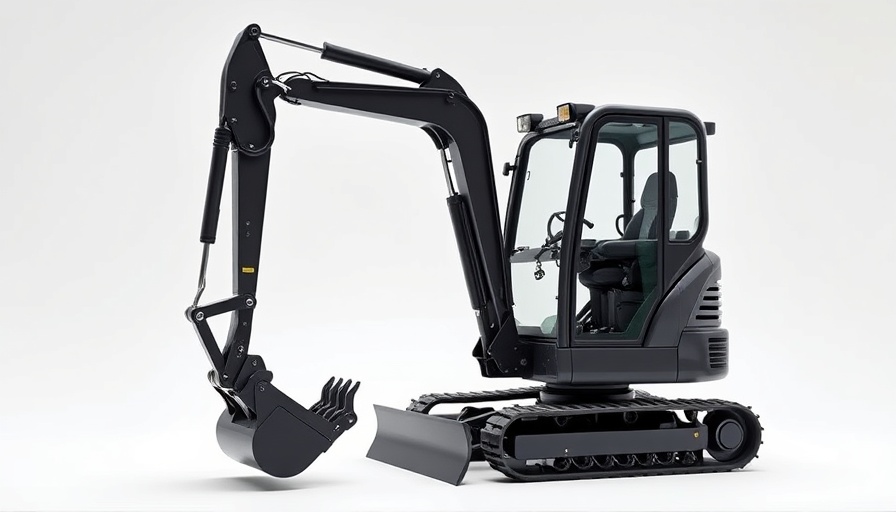
Powerful Mini Excavators for Tight Spaces
Bobcat Company is making waves in the compact construction equipment market with the unveiling of two innovative mini excavators— the E17 and the next-generation E20. Designed to excel in tight spaces, these machines deliver impressive power and lifting capabilities, essential for urban and confined work sites.
The E17: A New Contender in Mini Excavation
The Bobcat E17 represents a fresh addition to the lineup, offering a 1.7-metric-ton operating weight. It's tailored for all skill levels, showcasing premium features that come at an appealing price point. Equipped with a 15-horsepower diesel engine, it boasts a lift capacity of 807 pounds and a bucket breakout force of 3,271 pounds. Its design emphasizes user-friendliness with a spacious flat floor, wider steps for easy entry and exit, and LED lighting to enhance visibility during low-light conditions.
Enhanced Performance with the E20
The E20 takes mini excavation to the next level. With an increased operating weight of 1.9 metric tons, this robust machine offers 24% more arm digging force and 26% greater lifting capacity over the blade compared to its predecessor. The E20 continues the zero tail-swing feature, allowing for unrestricted rotation in crowded job sites. Operators will appreciate the optional enclosed cab, which includes heating, auto idle, and even Bluetooth radio to transform the work environment into something more comfortable and enjoyable.
Innovative Features That Matter
Both the E17 and E20 are equipped with advanced hydraulic systems, including a closed-center hydraulic system with a load-sensing pump that allows for smooth multi-functioning operations. The intelligent design and engineering ensure that the machines can work efficiently with a wide array of attachments, including grading and trenching buckets, augers, and hydraulic breakers.
Streamlined Operation and Maintenance
Maintenance is often a concern for operators, but Bobcat has designed these models with accessibility in mind. The E17 and E20 feature easy-opening covers and widely spaced components for quick inspections. Operators can focus more on the job at hand rather than on complicated maintenance procedures.
The Market’s Response to Versatility
As stated by Michael Wetzel, the director of product management at Bobcat, "These mini workhorses give operators the power and lift capacity they need to tackle demanding jobs." The E17 and E20 not only cater to landscaping and housing projects but are also a smart choice for rental fleets looking to offer their clients versatile machinery capable of overcoming spatial challenges.
Final Thoughts on Bobcat's New Mini Excavators
Bobcat's new compact excavators embody the brand’s commitment to innovation in the world of construction. Scheduled to hit the market by November 2025, potential users can look forward to enhanced productivity and comfort in confined spaces. Whether used for construction, landscaping, or utility work, the E17 and E20 promise strength and adaptability that will help users get the job done efficiently and with ease.
Both models serve as a testament to the evolution of compact excavators, ensuring that operators are equipped to handle diverse tasks while maintaining power and control, even in the most challenging environments.
 Add Row
Add Row  Add
Add 




Write A Comment